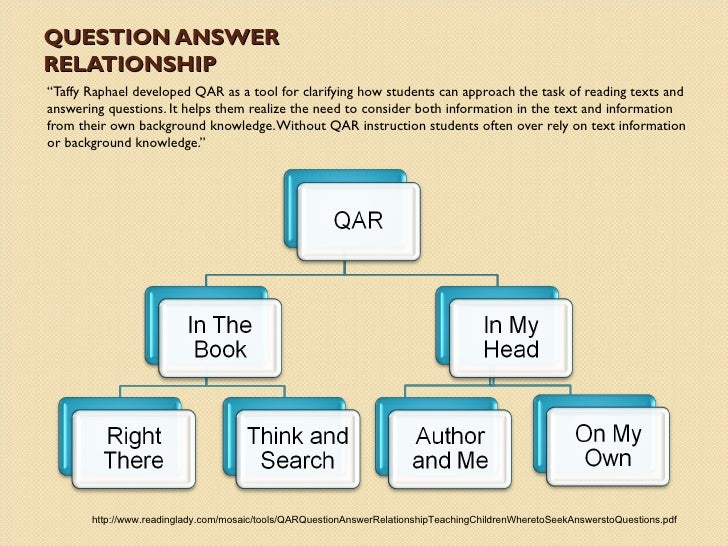
Improving reading comprehension by using media literacy activities. A picture is worth a thousand words: Using visual images to improve comprehension for middle school struggling readers. Models and Modeling in Science Education (3). Visualization: Theory and practice in science education. Individual differences in use of external visualisations to perform an internal visualisation task. The Australian Educational Researcher, 38(2), 181-202.Ĭohen, C. Image–language interaction in online reading environments: challenges for students’ reading comprehension. Semiotic Margins: Meaning in Multimodalities, 144-167.Ĭhan, E., & Unsworth, L. Integrating visual and verbal meaning in multimodal text comprehension: Towards a model of inter-modal relations. The Quarterly Journal of Experimental Psychology, 19(4), 289-299.Ĭhan, E. The suppression of visualization by reading. Journal of Educational Psychology, 63(3), 242.īrooks, L. Journal of Educational Psychology, 62(6), 526.Īnderson, R. Further discussion of the relation between image-word relations, types of design and students’ comprehension is also presented in this paper.Īnderson, R. In addition, most students created the representations in a form of a design which is relevant to represent a narrative text. Meanwhile, the other three relations which are word-specific, picture specific and parallel are rarely used by the students. The results of the analysis have found that the equivalence, additive and interdependent relations are mostly involved in their visual representations and these relations really help in representing meanings. To do so, we consulted Chan and Unsworth (2011), Chan (2010) and Unsworth and Chan (2009) on the image-language interaction in multimodal text. The exploration was conducted by looking at the image-word relations in the drawings. This study therefore aims at exploring meaning by analysing the visual representations drawn by 26 English Education Department students of Syiah Kuala University after they read a narrative text. The product of visualising texts by using both models can be further investigated to find out if the meaning represented is appropriate to the meaning written in the text. Visualisation can be done internally (by creating mental imagery) and externally (by drawing visual representation). Little is known how this strategy works for university students who learn foreign language. They used the strategy to understand their own language. Teachers across the globe have introduced visualisation mostly to primary students with native language background. Visualisation has been used for decades as a strategy to help readers construct meaning from reading passages.

She is also the editor-in-chief for the English Education Journal. She is now a reviewer for SiELE and EEJ journal publications.

She has attended and presented at national and international conferences. She established a private foundation, Goodman Language Training, where she also teachers of EFL. She has taught EFL for more than 7 years at Syiah Kuala University, Aceh, Indonesia. Her research interest is in literacy, language teaching methods and approaches, including the use of genre approach for teaching English as a Foreign Language (EFL), especially metacognition, and communicative language teaching generally. Before taking her PhD candidacy at UNE, she had completed her Master’s degree in Applied Linguistics at Macquarie University, Sydney - Australia. She finished her PhD program at University of New England (UNE), Armidale – Australia. She completed her Bachelor degree majoring in English Education at Syiah Kuala University in 2006. She is a lecturer at the English Language Education Department of Syiah Kuala University, Banda Aceh – Indonesia. Siti Sarah Fitriani was born in Medan, 24 August 1981.


 0 kommentar(er)
0 kommentar(er)
